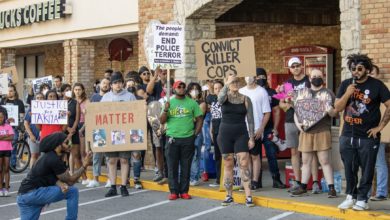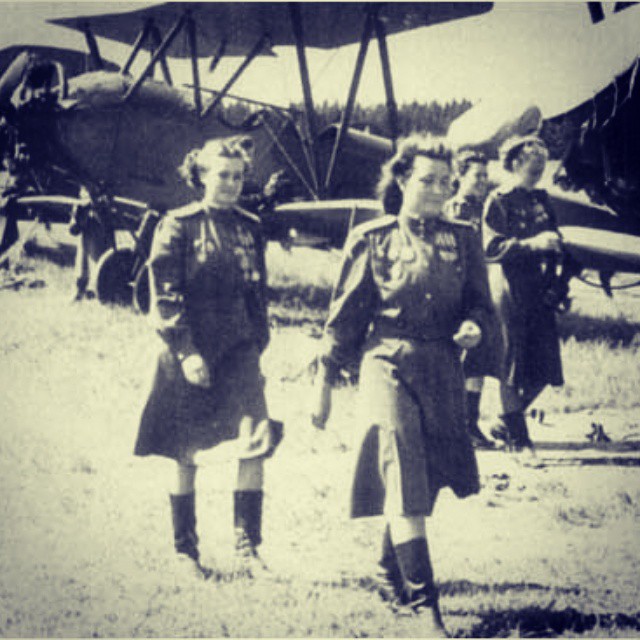In this current political atmosphere in the United States, blatant racism and acts of racist violence continue to explode across the country, marked by almost daily murders by police of innocent youths and others, primarily Black and Latino workers. Hate crimes, beatings and other egregious acts of violence and brutality against people of color, women and LGBTQ people paint an ugly picture of a society where racism, brutality and reaction are openly promoted in the ruling circles of the wealthiest elite, their media, and their government flunkies. Perpetrators of racist violence—police or other thugs—are rarely held accountable.
Four decades after the heroic 1971 uprising at Attica prison in New York State—a prison controlled by savage racist guards—four guards, then eventually three guards, were charged with the brutal beating of a 29-year-old African American prisoner, George Williams.
The beating of George Williams
In the summer of 2011, four guards at Attica went to the cell of Williams, who was serving a two- to four-year sentence for robbery. They took him down to the day room, telling him he was to be tested for drugs.
As witnessed by testimony under oath later by several inmates who were housed across the hall, Williams was jumped by the guards with blows to his ribs, knocked to the ground, and then assaulted by kicks and batons. Someone jumped on his ankles. His screams, pleading for his life, could be heard by inmates two floors below. Both of his legs and ankles were broken, as well as his shoulder, his eye socket and ribs. His clothes were covered in blood.
Lying on the floor, after being kicked and bludgeoned, they picked him up and took him to the stairs because he could not walk with broken ankles and legs. When Williams said to them, “I can’t walk down the stairs, my ankles are broken,” he was shoved from behind. Because he was handcuffed, he plummeted down the stairs.
At the bottom of the stairs, his head was grabbed and shoved into a wall. Someone then shouted, “The cameras are coming!” (Cameras are required to film inmates being taken into solitary.) Someone then took a dirty mop from a bucket and tried to clean up the blood on his face before they took him to solitary.
After being left in solitary, because of the severity of his injuries, he was eventually taken to the infirmary. The nurse at the infirmary told the guards that because of the severity of the injuries: “We can’t handle him here. You’ve got to take him to an outside hospital.”
It was this shocking scene that was witnessed by health care workers at the outside hospital that led to what was to become a major investigation.
From multiple felony charges to single misdemeanor with no jail time
On March 3, 2015, the three guards who were charged with “gang assault” for brutally beating Williams, after the investigation, were virtually let off the hook in a plea deal with prosecutors, with what amounts to a smile and a wink.
Initially facing 25 years in prison for felonious gang assault, as well as felonious tampering with evidence, the three guards were allowed to plead guilty to a single misdemeanor charge of misconduct. In a shameful and shocking deal with prosecutors, the three guards, in return for voluntarily giving up their jobs, were spared any jail time, and were also allowed to keep their pensions.
The fourth guard initially charged, after testifying before a grand jury, is now back at work at his old job.
The entire travesty of justice and exposure of extreme violence has prompted a renewed effort to demand the closure of the notorious Attica Prison, where more than 2,220 men are being held in brutal conditions under total lock up. And where inside the walls, complaints and reports of guards using excessive force against inmates is up 25 percent in the last four years.
While historically it is important to note that this is the first time in the state of New York that any guard has been charged with nonsexual assault, and the first time a guard has pleaded guilty to committing a violent act against an inmate, the truth is that there is no real justice for the victim of this racist crime, or for that matter all the crimes of brutality committed by sadistic prison guards in New York and across the United States.
Attica uprising must never be forgotten
On Sept. 9, 1971, an inmate rebellion against the extreme brutality and conditions at Attica shook the world. Inmates, fed up with the misery inside the walls, were trying to petition the state government and Gov. Nelson Rockefeller for better conditions. Demands included more than one shower a week. More than one roll of toilet paper a month. The right to receive letters from family member in languages other than English. They wanted education programs, and most of all, basic rights as humans.
Throughout the negotiations, there was leadership and organization among the prisoners. For example, Muslim inmates protected the hostages.
The flat refusal by Rockefeller and Corrections Commissioner Russell Oswald to even respond to the demands, fueled increased militancy and anger among the inmates, which eventually led to the revolutionary seizure of the facility by the inmates. As the rebellion swirled through the prison and inmates took over, 40 more hostages were taken. Some were released because of injuries, but the standoff continued, and so did extensive negotiations. One hostage died from injuries.
A central demand of the inmates was that Gov. Rockefeller simply come to talk with the inmates. Hostages were also allowed by the prisoners to speak with the media to demand that that the so-called liberal Rockefeller show up to talk. “Governor, you need to get your ass here now,” said hostage Mike Smith.
Instead, the billionaire governor sent in the troops to crush the rebellion with military force, with the aim of murdering and terrorizing as many inmates as possible while not hesitating to kill in cold blood their own guards.
The shocking carnage
Accounts and photos of the scene when the troops charged in are chilling: “Bodies everywhere. People lying all over, all bleeding and blood.” (Inmate Frank “Big Black” Smith)
“State troopers just took their clubs and beat them down the stairs, broke people’s legs, hit them on the tibia and broke tibias. On their backs, on their head, in their genitals on the front, you know, wherever they could hit them, that’s where they beat them” (Elizabeth Fink, lead counsel for the former Attica prisoners)
When Rockefeller sent in the troops, the death toll was huge. Thirty-nine men died when the New York state troopers opened fire, as helicopters swirled above. Eighty-eight people were injured. Among those killed, 10 men were actual employees of the prison, killed by bullets from the police. Outside the walls, all the media lies about inmates committing atrocities against guards, a campaign aimed at demonizing the inmates and discrediting the demands, were proven to be blatant lies after the siege.
As in the recent case of George Williams, where guards of the same prison have been left unpunished, where a single Black man was brutalized and nearly killed, brings back vivid images and memories of the Attica uprising and the worldwide cry that continues: “Remember Attica! Tear down the walls!”






